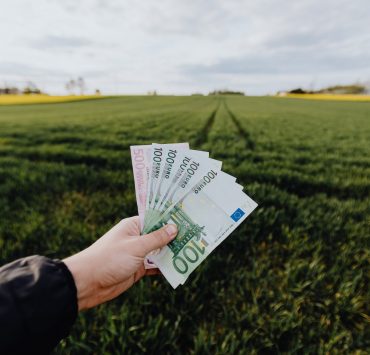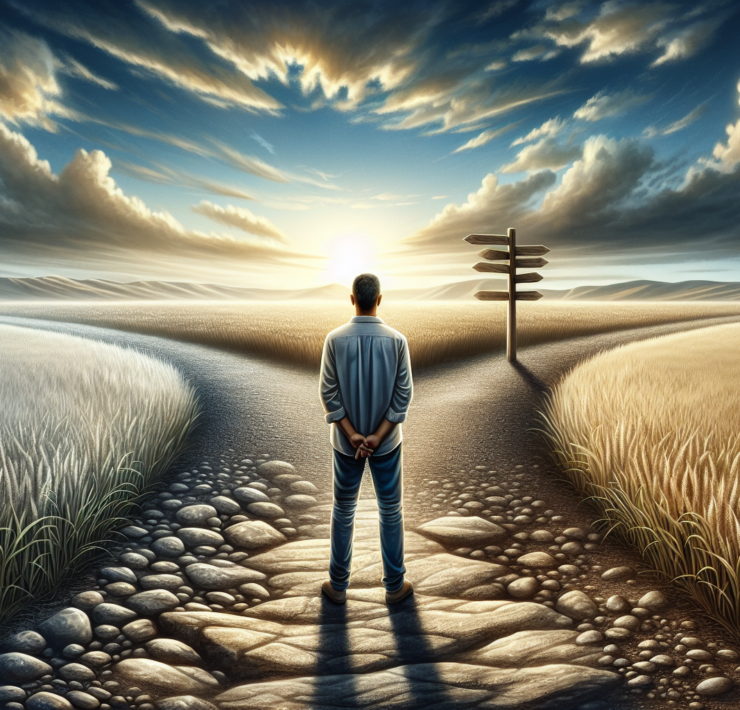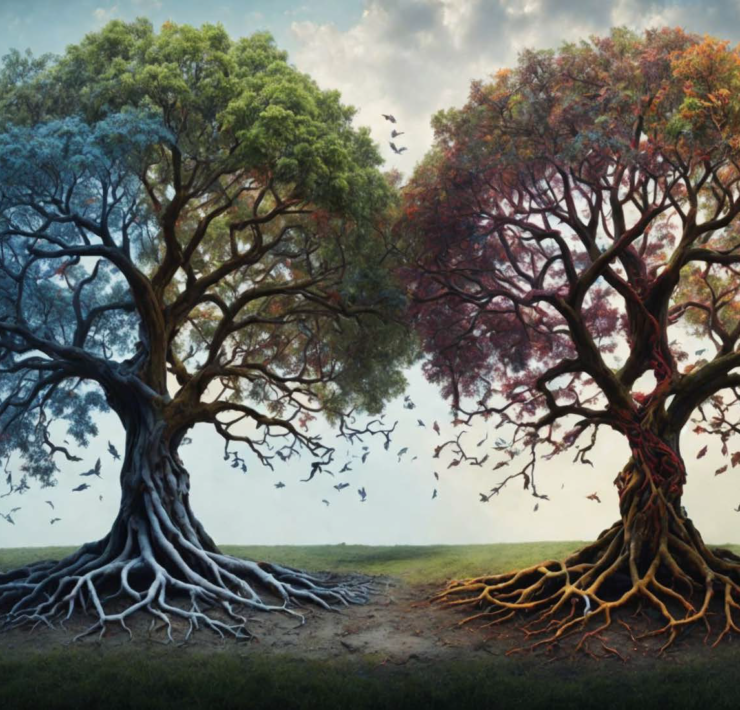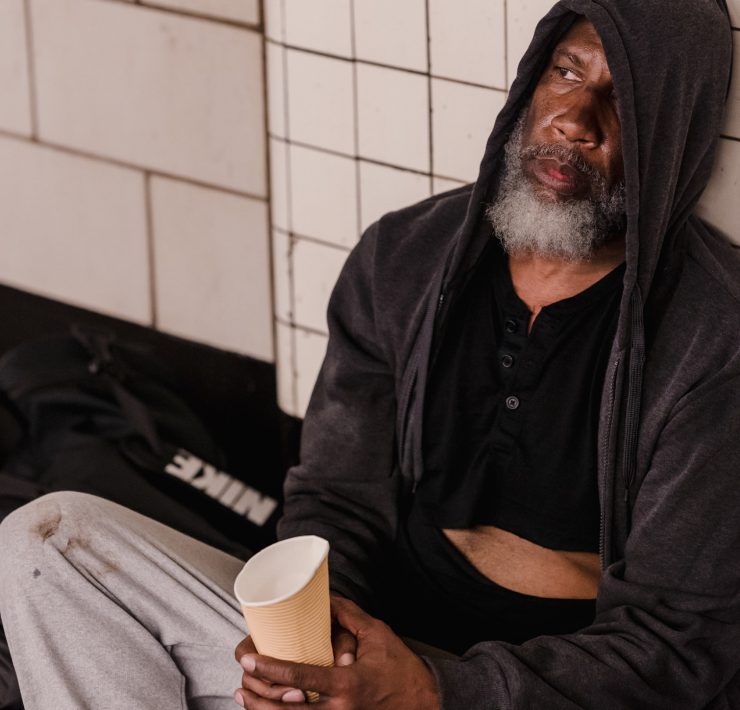NATION IN VIEW: NAMIBIA
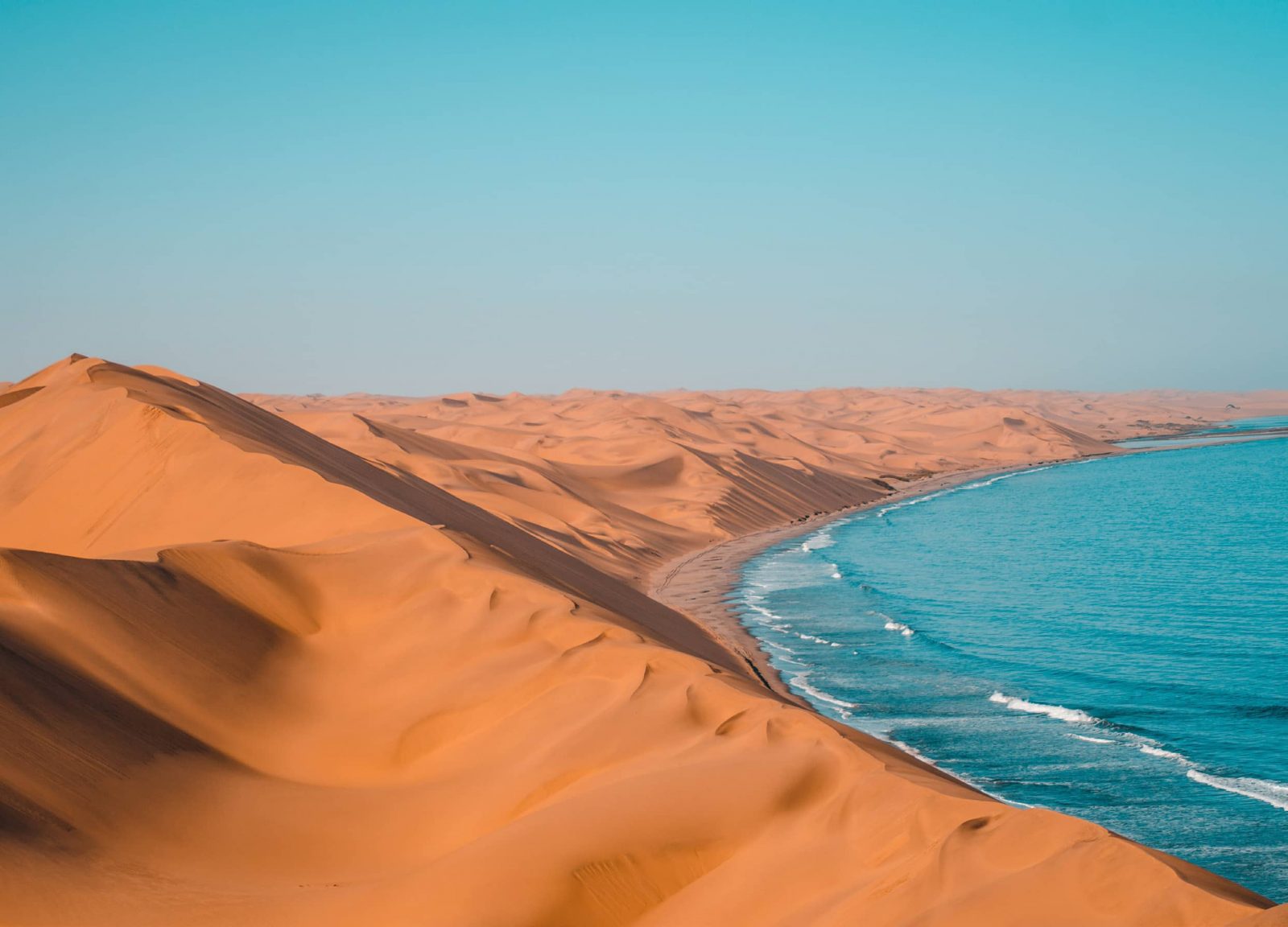
Samuel Phillips is a writer, graphic designer, photographer, songwriter, singer…
THE LAND OF PEACE AND RESTORATION
Technically speaking and from the place of common sense, it really makes no sense to call a nation the nation of peace when it seems like all that happens in that nation is really the opposite of peace. It’s also difficult to speak of a nation as the nation of restoration when from all indications, the people of that land really don’t have much of anything to call their own. But permit me to say that from the standpoint of wisdom, if there is hunger or thirst, it simply means there is water and food somewhere. Hunger or thirst are the proof that food and water is available. Same way we must understand that for a people to have lost their lands to foreigners and their pride to aliens for whatever reasons, means that there is the possibility of a restoration of all that has been lost. For it is not possible to restore what has not first been lost or stolen.
This is the case with Namibia, the land which is now declared to be the land of peace and where the restoration that is promised to Afrika, will greatly manifest. And this restoration is not just for Namibia but for every nation of both inland and island Afrika.
I have never been to Namibia even though I definitely would love to, but I have, many times, seen articles and photos of this beautiful Afrikan nation. Sometimes I get a bit upset with the kind of photos I see; photos of deserts, broken down vehicles in the desert, indigenous tribes portrayed as primitive and ignorant, drought afflicted lands and the many other things that portray a Namibia that has no single form of development and modernism. And I am not saying that development and modernism the way we have it right now is the accurate measure of growth but that at least someone should be kind enough to tell the true story of this Afrikan nation outside of it being all desert and stuff. So I must say I was very happy when on a very bright morning while taking a walk, I heard in my spirit these words “Namibia the land of peace and restoration.”
Amazing to say the least.
Like many other nations in Afrika, Namibia has, for quite a long time, been dealing with the issues of land; lands which were supposed to be local but found in the hands of foreigners or the offspring of the colonialists.
I do however now say this as I have heard, Namibia you are a land of peace and restoration and no power on earth will shift what you are in God.
samuel phillips
Facts about Namibia
Namibia had a projected population of 2.4 million inhabitants in 2018. The population increased from
1.4 million in 1991, to 1.8 million in 2001, 2.1 million in 2011 to 2.3 million people in 2016.
The average household size had decreased from an average of 5.2 in 1991, to 5.1 in 2001, to 4.4 in 2011 and 3.9 persons in 2016.
Administratively, the country is divided into 14 regions:
Zambezi, Kavango East; Kavango West, Kunene, Ohangwena, Omusati, Oshana, and Oshikoto in the north; Omaheke, Otjozondjupa, Erongo, and Khomas in central
Namibia; and Hardap and //Kharas in the south. The country has 121 constituencies.
Along the coast line is the Namib Desert which accounts for about 8.1 million hectares. With the exception of a few urban centres and settlements along the coast line, the desert is not habitable due to the climatic conditions and landscape. This situation leaves only 74.3 million hectares of habitable land.
Namibia was a German colony from 1884 to 1914. In the decades that followed, upto independence in 1990, it was administered by South Africa, which imposed its oppressive system of apartheid on the population. During this time, thousands of Namibians were expelled from their lands. To this day, a large portion remains under the control of Germans and South Africans, or other foreigners: approximately 70 percent of Namibia’s farmland is owned by whites. According to the Namibia Statistics Agency, socially disadvantaged black or colored citizens own only 16 percent of the land.
The Namibian government has sought to correct past colonial wrongs and pursue social equality. Up until now, white farmers only had to sell their lands back to the state on a voluntary basis. But this principle had not worked. By 2020, Namibia planned to return 43 percent of its 15 million hectares of farmland to the black population. At the end of 2015, only 27 percent of the land was redistributed, according to the Namibia Agricultural Union.
In a country where the indigenous people of Namibia do not view land as their own property — rather, it is something that belongs to everyone, it becomes very important for all to understand that this particular stand on land by the natives, is really one of the pillars of Ubuntu which is a major bedrock of Afrikanism even though it has been abused mostly over time.
Shalom Namibia
I do however now say this as I have heard, Namibia you are a land of peace and restoration and no power on earth will shift what you are in God. And according to the words one of my brothers sent to me as I was writing this article, the word SHALOM means much more than peace. It means wholeness, wellness, well-being, safe, happy, friendly, favor, completeness, to make peace, peace offering, secure, to prosper, to be victorious, to be content, tranquil, quiet, and restful. The pictographic symbols for the word shalom (shin, lamed, vav, mem) read “Destroy the authority that binds to chaos.” The noun shalom is derived from the verbal root shalam, which means “to restore,” in the sense of replacing or providing what is needed in order to make someone or something whole and complete. So shalom is used to describe those who have been provided all that is needed to be whole and complete and break off all authority that would attempt to bind us to chaos.
SHALOM SHALOM NAMIBIA!
What's Your Reaction?
Samuel Phillips is a writer, graphic designer, photographer, songwriter, singer and a lover of God. As an Afrikan content creator, he is passionate about creating a better image and positive narrative about Afrika and Afrikans. He is a true Afrikan who believes that the true potential of Afrika and Afrikans can manifest through God and accurate collaborations between Afrikans. Afrika is the land of kings, emperors, original wisdom, ancient civilizations, great men and women and not some road-side-aid-begging poor third world continent that the world finds joy in undermining.










